The harshness of winter often causes many plumbing problems around the house. A large majority of issues stems from your pipes, which could become frozen due to the cold temperatures. If left unattended, these frozen pipes could be damaged beyond repair, leading to a faulty plumbing network that will spell great trouble in your house.
When you notice a frozen pipe, you must take great care in reacting swiftly to minimize its potential damage. With proper inspection and quick action, you should be able to contain and resolve any plumbing issues that occur. Here are some effective ways on how to thaw frozen pipes as safely as possible:
1. How to find the frozen pipes

Your first step is locating all the frozen pipes around your premises and identify the ones that need thawing. The most effective way to do this is by turning on the faucets within your home. If no hot water comes out, then the pipe connected to the faucet is most likely frozen.
If one of the pipes is frozen, there is a likely chance that several others are in the same condition. To determine which ones are affected, check for exposed areas that the pipe can be accessed from. If the pipe has frost on its exterior, this can be easily thawed out compared to the ones hidden behind a wall. You will, however, need to take more intricate actions if the pipes are obstructed.
2. Examine the faucet
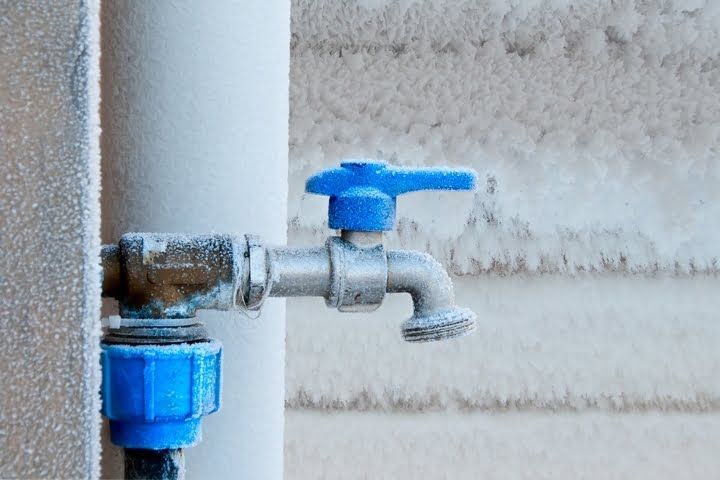
Now that you have located the frozen pipes, you must now find the proper location to begin the thawing process. Usually, it is the most effective to begin thawing near the faucet connected to the pipe. Afterwards, you can work your way down to the frozen blockage.
Before you begin thawing, ensure that the hot and cold faucets are both open. This relieves the pressure within the plumbing system and allows the water to flow properly once thawing is successful.
3. Thaw until the ice melts
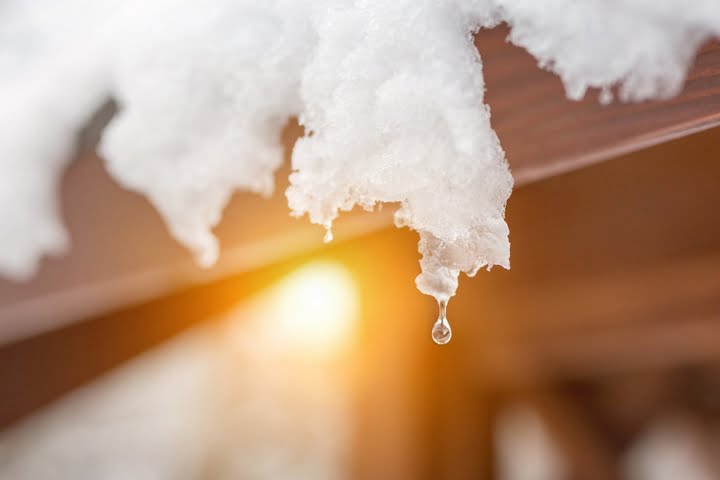
The process of thawing the frozen pipes will be more effective if you use the correct devices. If the pipe is exposed, you will want to use tools that emit an adequate amount of heat. You have plenty of options for thawing, which can range from hairdryers to a simple towel dipped in hot water.
You should thaw until the ice starts to melt. It shouldn’t take too long for the frozen pipes to be thawed out if you are using the proper apparatus.
4. Turn up the home heating
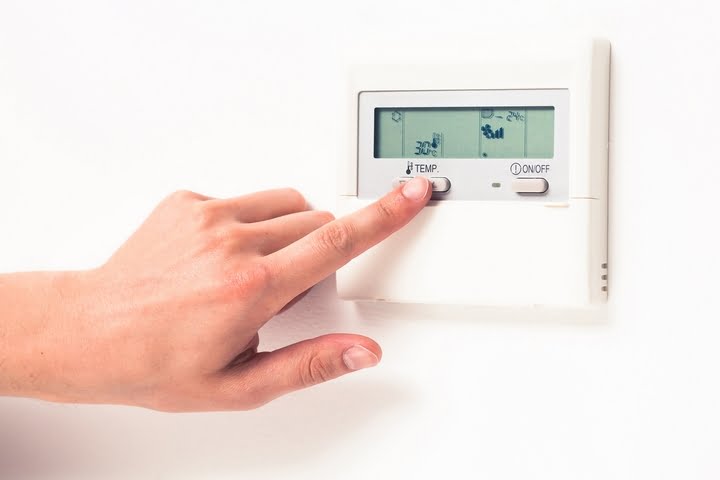
Sometimes, the frozen pipes in your property cannot be easily accessed. This could be because the pipes are enclosed behind an inaccessible area, making it impossible to apply the thawing methods listed above.
Instead of getting physically near the faucet or exposed pipes, you can simply turn up the heat in your property. This method will easily and efficiently melt the ice blockage affecting your pipes. Adjust your thermostat accordingly until the pipes have thawed completely.
5. Use an infrared lamp
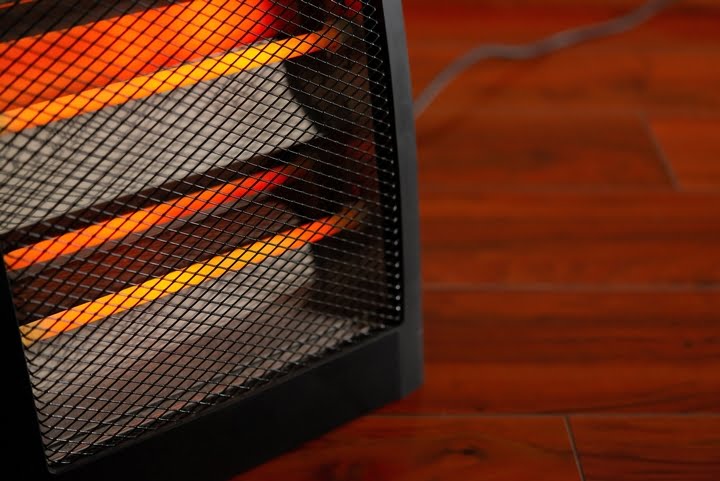
If you know exactly where the frozen pipe is, you can use an infrared lamp to melt the frost affecting it. The heat emanating from the lamp may radiate enough warmth to allow the frozen parts of the pipe to melt. This will allow it to defrost at a normal pace.
For this method, just ensure the infrared lamp is placed as close to the frozen pipe as possible. After a while, the pipes will begin to defrost. Water should resume flowing properly in your frozen pipes again.
6. Cut out a part of the wall
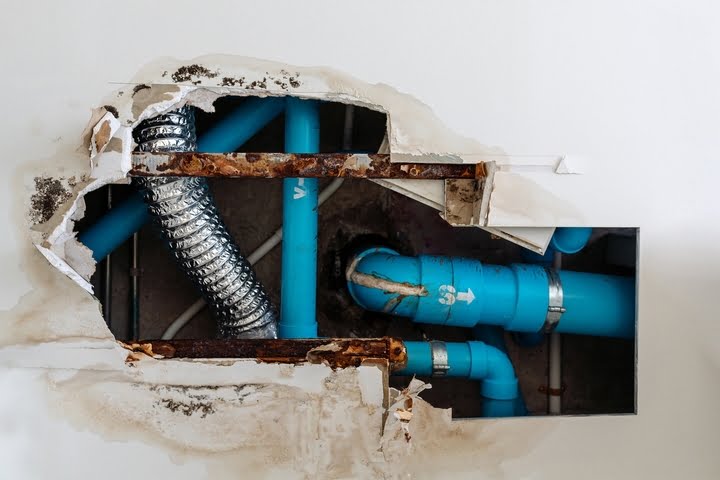
In more drastic circumstances, you may have to find yourself a saw and get ready for some cutting action. Cutting out a section of your drywall may be necessary in order to thaw out a frozen pipe.
Once this is completed, and the pipe is exposed, use any of the preceding methods to get rid of the ice blockage. However, you must properly seal back the part of the drywall you cut out. This prevents the exposed pipe from being affected by any potential dangers nearby.
7. Protect the pipes from freezing again

Once the pipes have been thawed out, you should take preventative measures so that they don’t get frozen again. One popular method is insulation. You can purchase insulation covers made from sponge, which will protect your pipes in extra cold areas.
Also, check your crawlspaces and other walls for potential cracks or holes. You will want to have these repaired in order to minimize the amount of cold that could infiltrate the property and freeze your pipes again.



